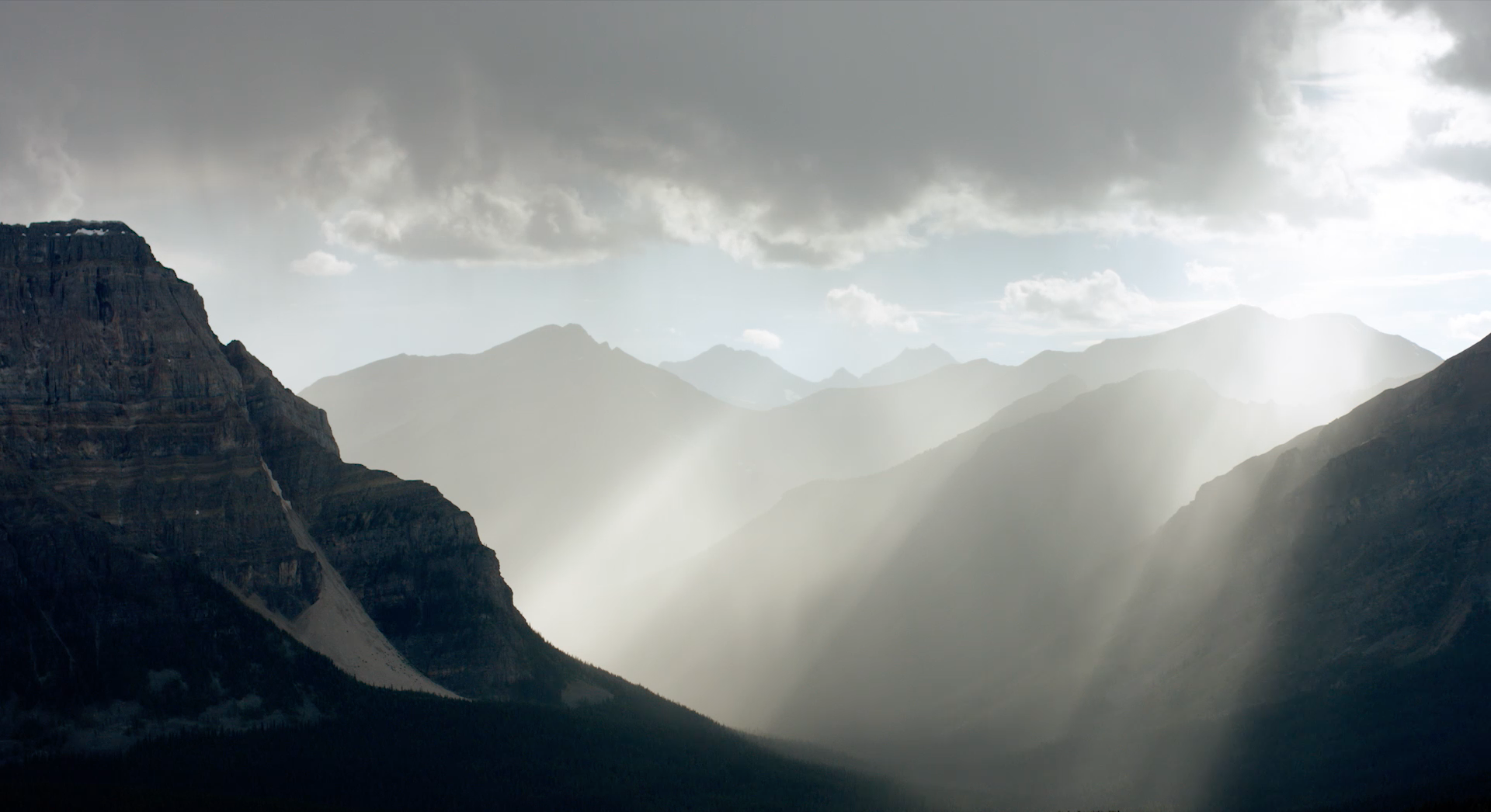Five Weatherproof Ways to Enjoy BC on a Rainy Day
What to do on a rainy day in BC? Check out these five weatherproof ways to enjoy what the province has to offer.

The weather in British Columbia is influenced by latitude, mountains, and the Pacific Ocean. Temperature, average precipitation, and hours of sunshine can vary over short distances, but in general temperatures are warmer in the south and milder on the coast, and rainfall is heaviest in coastal communities.
Winters on the coast are temperate, and if snow falls it doesn’t usually stay long. A warm coat, gloves, boots, and an umbrella are sufficient weather protection in these coastal climes. Most of BC’s interior, on the other hand, experiences freezing temperatures and snow that lasts from November to March. You’ll need appropriate winter attire: a heavy coat, a warm hat, and quality gloves or mittens. The north experiences longer, more extreme winters for which you will need heavy duty winter gear.
Spring and fall can be warm and pleasant, especially in June and September. Daytime temperatures—particularly in southwestern BC and the southern interior—can allow for shorts, short-sleeved shirts, and dresses. But be sure to pack sweaters, trousers, and a light jacket as well.
Summers are hottest in BC’s interior, where temperatures are often in the 30-40°C/86-104°F range. Nearer the coast, temperatures are milder. Shorts, short-sleeved shirts, and light dresses are recommended, with trousers and sweaters in the evenings.
See what's happening now with these recent posts.
Visitors to British Columbia can arrive by air, road, rail, or ferry.
Visit TodayFive-star hotels, quaint B&Bs, rustic campgrounds, and everything in between.
Rest Your HeadPlan your route, whether you’re walking in the city or beginning a multi-day road trip.
Start Planning

